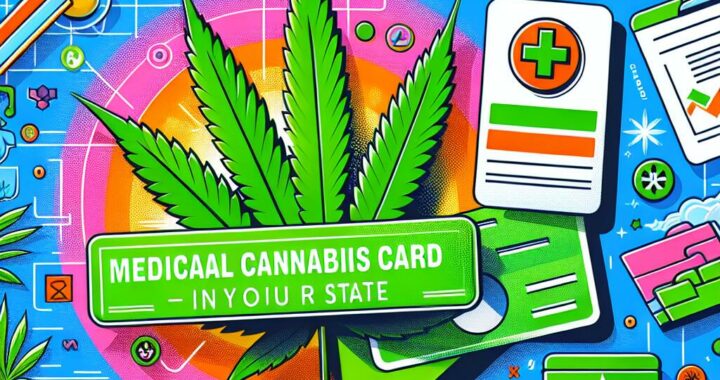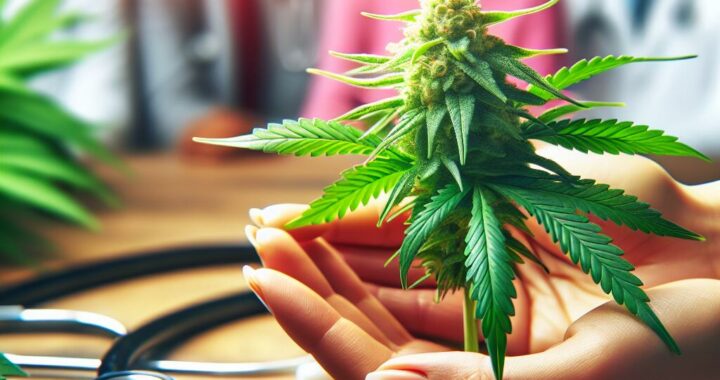Time to Screen for Older Patients’ Cannabis Use?
3 min read
According to an analysis by the National Drug Use and Health Survey (NSDUH), cannabis use has more than doubled in the past decade among Americans aged 50 and over. Almost one in ten states that they have consumed in the past year.
Of the 8.9% who said they had used cannabis in the past year; About one in five (18.5%) said they used it for medical purposes such as treating chronic pain or depression, or for diseases such as arthritis, reported Namkee Choi, PhD, and Diana DiNitto, PhD, both of the University of Texas in Austin.
Compared to recreational users, those who consumed cannabis for medical purposes were more likely to discuss drug use with a healthcare professional (adjusted OR 4.18, 95% CI 2.53-6.89) to buy from a medical cannabis dispensary (aOR 4.38, 95% CI 2.47) -7.76), and to report more frequent use (aOR 2.56, 95% CI 1.35-4.86), according to research in the American Journal of Drug and Alcohol Abuse.
“The results suggest that some medical users may self-medicate without medical advice,” Choi said. “As part of routine care, health professionals should look for cannabis and other substances, as well as mental health issues, and recommend treatment if necessary.”
For their study, the researchers looked at the NSDUH data for 2018 and 2019, which involved 17,685 people aged 50 and over, 55% of whom were women. Of the self-described medical cannabis users – which, according to the NSDUH definition, implies use recommended by the doctor – less than 40% said they discussed cannabis use with a healthcare provider. The authors said that some reported medicinal use without medical advice, possibly because they believed it was necessary to relieve their symptoms.
In fact, Choi and DiNitto cited another major survey conducted in the US in 2017 that was the most common medical reasons for marijuana use were anxiety (49%), insomnia (47%), chronic pain (42%) and depression (39%). 21% of those who use marijuana for medicinal purposes didn’t have a doctor. 33% of doctors did not inform them, 28% said their doctor was neutral on the use, 32% said their doctor was supportive, and 8% said their doctor was unsupportive.
While medical users in the current study reported using cannabis more frequently, with 40% consuming it around 4 to 7 days per week, the likelihood of an alcohol use disorder was lower than that of non-medical cannabis users (aOR 0.39, 95% CI 0.20- ). 0.76). Otherwise, medical and non-medical users did not differ in terms of physical and most behavioral indicators, although cannabis users generally had significantly higher rates of alcohol use disorders, nicotine addiction, other illicit drug use, and mental illness compared to non-users.
Most were experienced users and not new to cannabis use. Most obtained cannabis from private / informal sources, reportedly with little difficulty. 71% of self-reported medical users stated that they were used for medical purposes only. The rest reported on both medical and non-medical uses.
It is important that patients are made aware of the risks of obtaining cannabis and cannabis products from unregulated sources, the authors say. “Given the surge in THC [tetrahydrocannabinol] Potency should educate senior cannabis users, especially high-frequency users, about the potential Security Issues and Adverse Effects. “
The study’s authors not only urge doctors to do more to screen and educate their patients, but also say the NSDUH needs to be updated to “reflect the changing commercialization of cannabis products.” Cannabidiol, topical solutions, and foods are widely available these days.
In fact, there has been an urge to familiarize healthcare providers with the issue in recent years health effects of cannabis: Last year, referring to a 2015 survey of health care providers, Nora Volkow, MD, director of the National Institute on Drug Abuse, concluded that providers “have a knowledge gap regarding cannabis dosages, treatment plans, and various areas perceive in connection with cannabis products “. The providers themselves therefore recognize that research and expertise need to be developed in this area. “
Given the increase Patient inquiriesNew guidelines for medicine have been issued Cannabis for chronic pain;; and last fall MedPage today reports on the publication of Medical marijuana: A clinical manual.
The researchers found that the limitations of their study included the relatively small number of medical users and the fact that some respondents may not have adequately reported their cannabis and other substance use.
Disclosure
The authors do not report any conflicts of interest.





 Protected by Patchstack
Protected by Patchstack